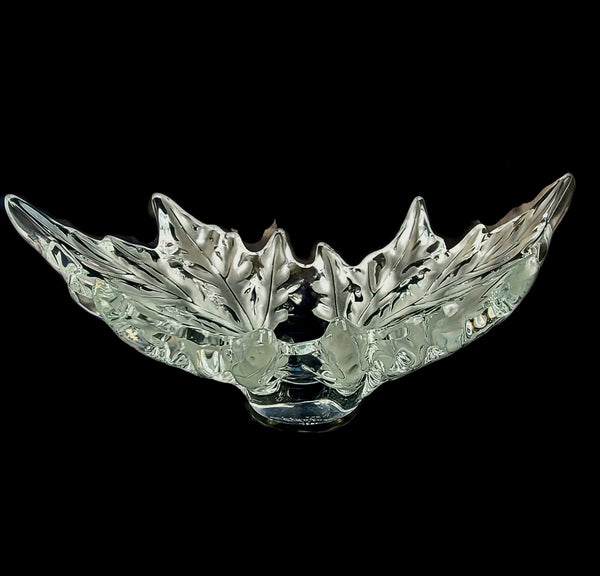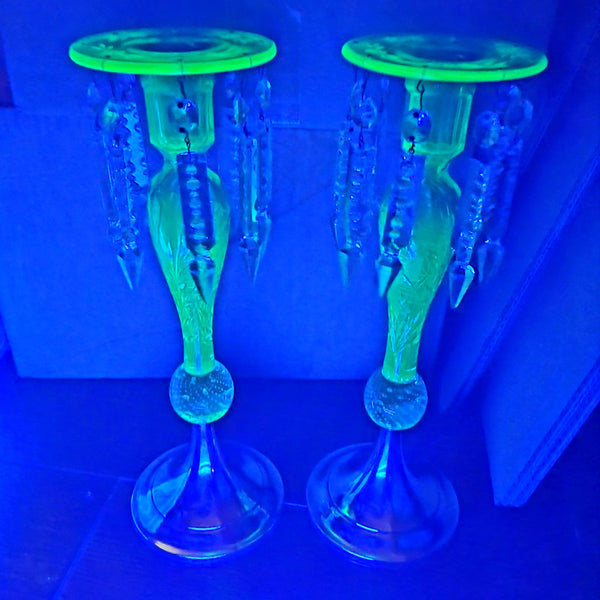The Mystique & Artistry of the Hopi Coiled Basket

The Hopi people reside in villages that stretch over Northern Arizona referred to as "mesas". Rich in history and artistic talent different mesas of people are known for various works whether it be pottery, basket weaving or jewelry making. The close relationship the Hopi culture has always had with Mother Earth is reflected in the artistry of their works through talent that has been passed down from generation to generation. Many, first learning their skills as children from their grandparents. For many artisans it has provided a way to earn a living and even become well known and recognized for their achievements and craftsmanship.
Basket making is a very old skill of the Hopi tribe, but in relation to other hand made wares sold among Native Americans such as kachinas, pottery, or jewelry, baskets are overall less plentiful and seem to be harder to find. In recently purchasing a beautiful Hopi Coiled Basket made by the famous artist Evangeline Talahaftewa I decided to do further research of the artists from the second Mesa known for their beautiful plated plaques and baskets.
I knew that grass and yucca were used to form coiled baskets as well as plaques, but never knew them to be so colorful and never knew as much about the artists that make them as I do now. In learning more about Evangeline Talahaftewa and her artistic abilities, coupled with my love for the southwest which I call home I was inspired by the story behind her baskets which is what collecting is all about. When you know the story behind a work of art, the more it is cherished and takes on a life of its own and such is the premise behind owning "collectibles". You can then share your knowledge with others as I want to share with you the story of Evangeline Talahaftewa who I find inspiring not only for her talent, but for her love of family and tradition.
Evangeline Talahaftewa was born in July of 1912, and like so many others as a small child Evangeline was influenced by her grandmother's basket making skills. She soon learned how to make large plaques and deep baskets which are even less common than traditional baskets. The baskets they would make were sold at trading posts earning them money for groceries. Evangeline would spend summers with her grandmother growing up and when her grandmother grew ill she left 7th grade to care for her. She later married, raised her children and still managed to continue to perfect her basket making over the years.
She was known for her large deep baskets that she made for competitions and that were special ordered by collectors. With the money she made she was able to panel her mother's home and put in linoleum. At the height of her basket making career when her eyesight was still good, she was invited to the Smithsonian in Washington DC. She went on to win the AILTA, American Indian Living Treasures Award, in 1991 and her baskets were famous for receiving top prizes at the Heard Museum, Museum of Northern Arizona and the Indian Market in Santa Fe New Mexico.
She was eventually able to raise enough money to build a new home next door entirely from "basket money". She died November 1,1999 at the age of 87 and is succeeded by her very skilled and award winning daughters, Bertha and Velma Wadsworth.
Evangeline identified her work with a water clan mark of 4 rain drops or 4 black dots each within a square near the rim of each basket. Of course on a black colored rim the colors would be reversed. Her works of art continue to keep her legacy alive.
Leave a comment
Comments will be approved before showing up.




